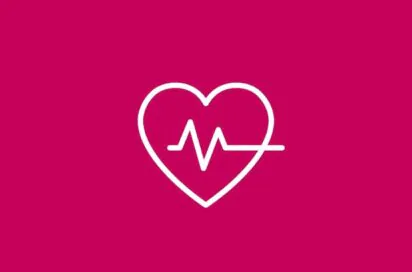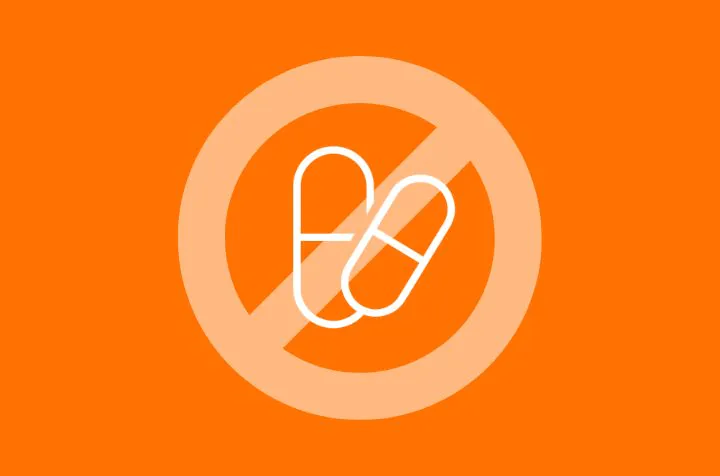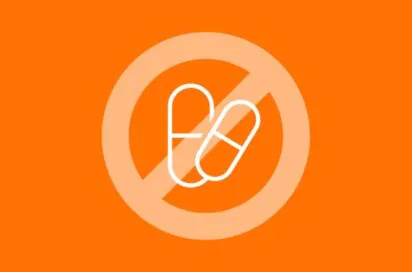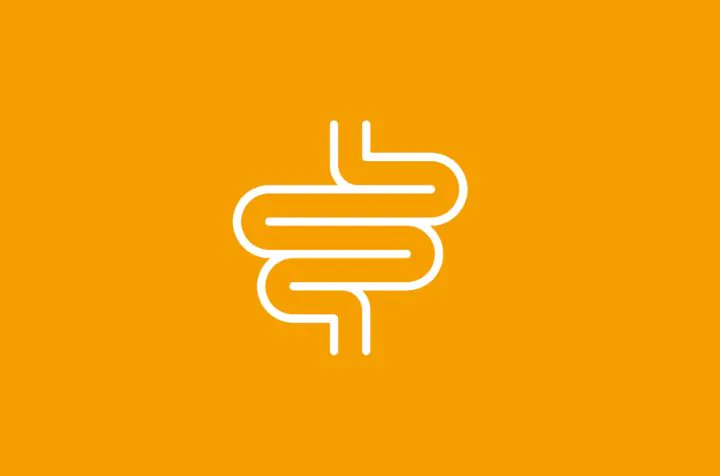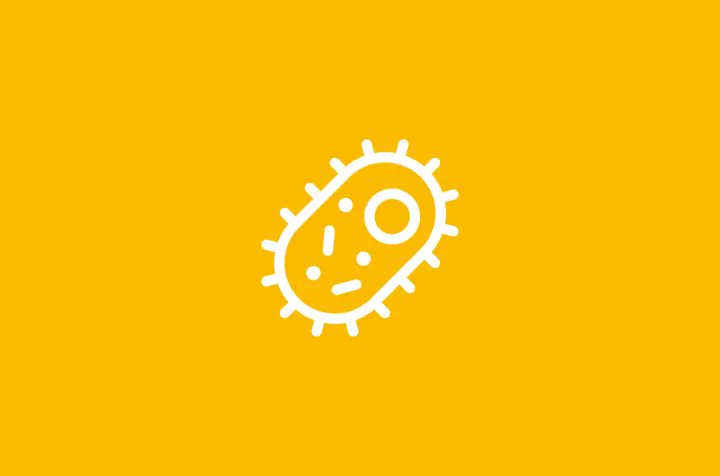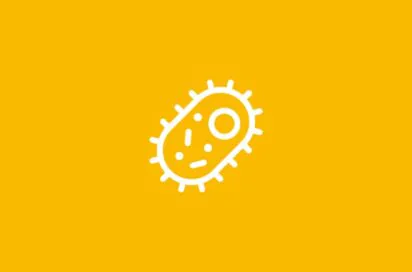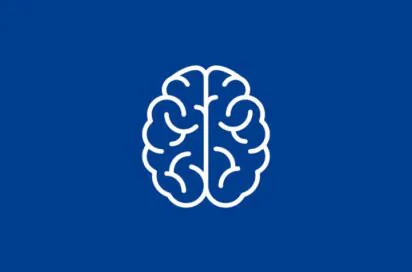All content on this website is for informational purposes only, and is not intended to be a substitute for professional medical advice, diagnosis or treatment. If you have questions about your medical condition or treatment, always seek advice of your physician or other qualified healthcare professional.


Stay healthy and improve your quality of life
Stay healthy and improve your quality of life
The greatest gift you can give yourself and your loved ones is a healthy you
Take care of your body and focus on living the highest quality of life you can through your daily choices. At Acino, we have longstanding knowledge in a large variety of therapeutic areas, which we want to share with you.
Explore our materials below to take better decisions


Cardiovascular diseases
Take control of your cardiovascular health and lower the chance of developing heart and blood vessels disorders.
Hypertension
Learn about hypertension and find out how to keep your blood pressure in the healthy zone.

Counterfeit Medicines
Substandard and falsified medical products pose a significant threat to the public health and patient safety as they can be ineffective, harmful and even life-threatening.
Find out how to reduce your risk and contribute to the fight against counterfeiting.


Gastroenterology
Acid reflux
Reduce the risk of heartburn and gastroesophageal reflux disease.Colorectal cancer
Information about early detection and treatment of colorectal cancer.Helicobacter pylori infection
Learn about one of the most common chronic infections across the world.

Infectious diseases and antimicrobials
Learn how disorders caused by organisms that get into our body from the outside are treated, and how you can help combat a growing issue for patients and healthcare providers: antimicrobial resistance (AMR).


Sleep is essential for health
Learn how to replenish your depleted energy levels and get enough energy to do what you need to do in your waking hours.

